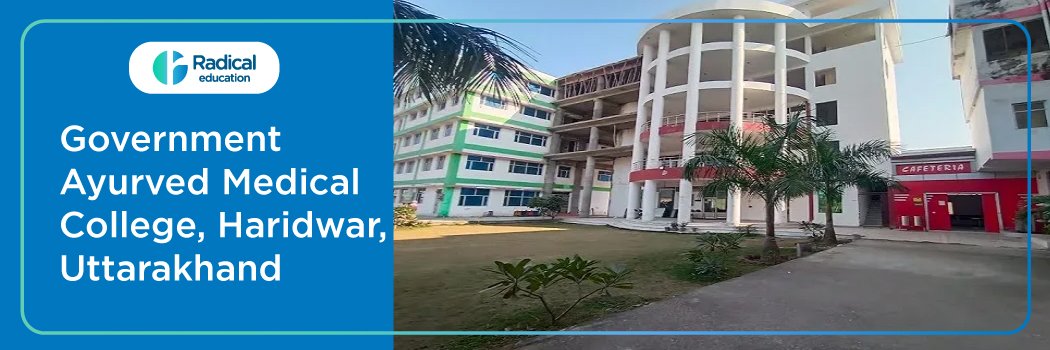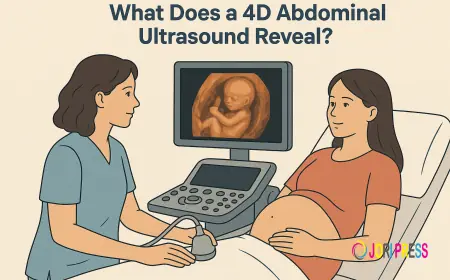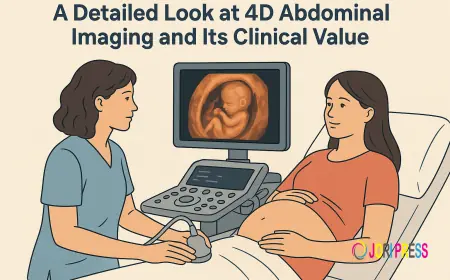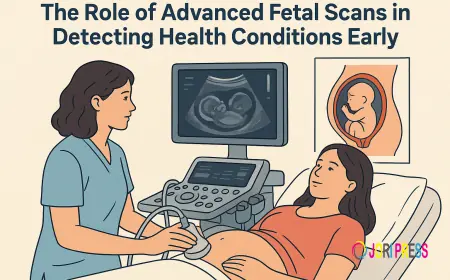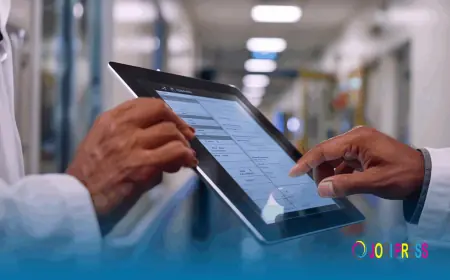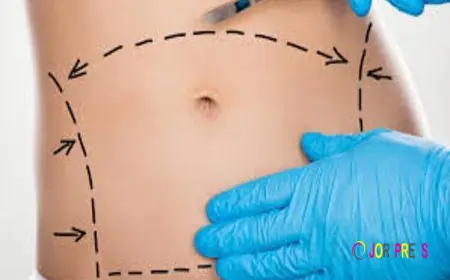Medical vs Dental Billing — What’s the Real Difference?
Understand the real difference between medical vs dental billing and how cross-coding, medical necessity, and insurance documentation can boost reimbursement, increase patient access, and grow your dental practice revenue.
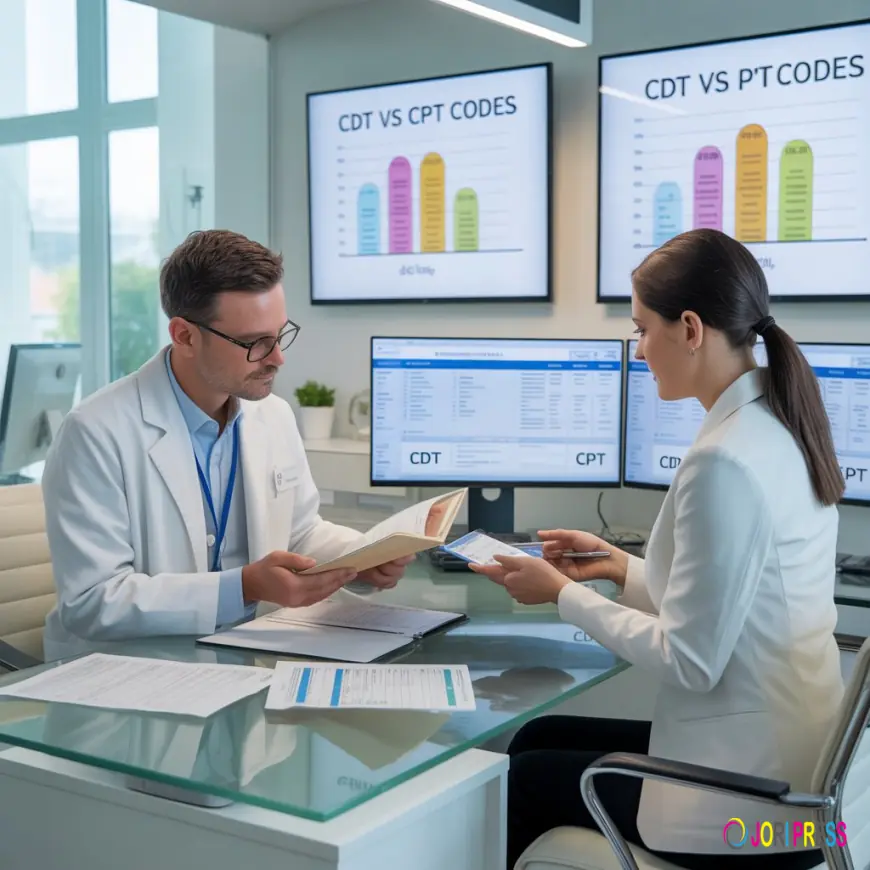
Introduction: Dentistry Is Now Medical — And Billing Must Catch Up
The future of healthcare blurs the line between oral and systemic health — and billing systems are evolving with it. The divide between medical vs dental billing is shrinking as research continues to prove what doctors have long suspected: oral health impacts the entire body.
Yet over 70% of dental practices still don't bill medical insurance, despite the fact that approximately 40% of dental procedures have medical billing potential. Sleep apnea appliances, TMJ treatment, bone grafting, periodontal therapy tied to diabetes, trauma care, biopsies — these are not just dental procedures; they are medically-necessary treatments.
Practices that leverage medical billing for dentists are seeing revenue gains between $50,000 and $200,000 annually, according to industry data. Meanwhile, dental insurance benefits remain capped at $1,000–$1,500 per patient per year, a number unchanged since the 1970s. This means dental offices must adopt medical-dental cross-coding strategies to protect revenue and expand patient care access.
To succeed in modern dentistry, understanding the real difference between medical and dental billing is not optional — it is a competitive advantage that separates growth-driven practices from stagnant ones. Below, we break down the systems, codes, documentation requirements, and reimbursement differences — and teach you how to use dental medical cross-coding to increase collections and patient care opportunities.
Medical vs Dental Billing: The Core Difference
The fundamental contrast in dental insurance vs medical insurance is the purpose of each system.
Dental insurance is a benefit plan designed for prevention and basic oral care.
Medical insurance is a healthcare necessity plan, structured to treat systemic illness and medically necessary conditions.
In dental billing, CDT codes drive reimbursement. In medical billing for dentists, CPT codes and ICD-10 diagnosis codes determine payment — based on documented medical necessity.
Medical claims are evaluated based on disease prevention, diagnosis, and functional health outcomes. Dental claims are evaluated based on benefit limitations and plan rules.
CDT vs CPT and ICD-10: The Coding Language Gap
To master medical-dental billing, teams must understand the coding systems:
Dental Billing Uses:
-
CDT codes — procedure-based, dental specific
Medical Billing Uses:
-
CPT codes — medical procedures
-
ICD-10 codes — diagnosis and medical conditions
Medical payers want to know why a procedure was necessary (diagnosis), not just what was done. That’s where ICD-10 dental billing justification comes in — linking oral disease to medical necessity.
Documentation Requirements: Medical Necessity vs Dental Records
Dental billing requires clinical notes, radiographs, perio charting, and narratives.
Medical dental billing requires more extensive documentation, including:
-
Medical history & systemic condition connections
-
ICD-10 diagnosis support
-
Medical necessity narrative
-
Imaging, lab tests, and diagnostic reports
-
Physician coordination notes when relevant
If a provider documents oral-systemic correlations correctly, many procedures qualify for medical insurance claims for dental treatment.
Insurance Structures: Annual Caps vs Medical Coverage
Dental plans cap benefits at $1,000–$1,500 per year on average.
Medical plans do not have this annual cap model — they operate on deductibles and coverage tiers.
This makes medical billing for dental sleep apnea devices, bone grafts, and pathology services critical for patient affordability and practice revenue.
What Dental Procedures Can Be Billed to Medical?
With proper medical-dental cross-coding, the following often qualify:
-
Sleep apnea appliances
-
TMJ therapy
-
Bone grafting & ridge preservation
-
Oral surgery & trauma procedures
-
Oral cancer screenings & biopsies
-
Surgery related to systemic illness
-
Infections affecting systemic conditions
More practices are learning that oral-systemic health billing isn’t optional — it's the future.
Why Most Practices Don’t Bill Medical Insurance
Many offices avoid medical billing in dentistry due to lack of training, fear of claim denial, or outdated beliefs that dentistry exists in isolation.
Yet medical necessity-based reimbursement is now essential for growth, especially for:
-
Dental sleep medicine practices
-
Oral surgeons
-
Implant-focused dentists
-
TMJ/TMD providers
-
Periodontists
Training and third-party billing partners now make medical cross-coding in dentistry accessible and profitable.
Financial Impact: How Medical Billing Boosts Revenue
Practices using medical dental billing reports:
-
Faster case acceptance
-
Lower patient out-of-pocket costs
-
Higher reimbursement for medically necessary procedures
-
Revenue growth between $50K–$200K annually
This isn’t a billing trick — it's aligning clinical reality with reimbursement systems.
The Future: Integrated Medical-Dental Billing
Healthcare is shifting toward prevention and integrated care. Dentistry is part of whole-body medicine now, supported by:
-
Heart disease research
-
Diabetes studies
-
Sleep apnea and airway science
-
Alzheimer's and periodontal disease correlation
Mastering medical vs dental billing future-proofs practices and enhances patient care.
Conclusion
The real difference between medical and dental billing is purpose, documentation, and coding language — but the gap is closing fast.
Dentists who master medical vs dental billing and medical necessity documentation will lead the industry in profitability and patient outcomes.
The practices that win aren’t just great at dentistry — they understand reimbursement, compliance, and whole-patient health.
What's Your Reaction?
 Like
0
Like
0
 Dislike
0
Dislike
0
 Love
0
Love
0
 Funny
0
Funny
0
 Angry
0
Angry
0
 Sad
0
Sad
0
 Wow
0
Wow
0





